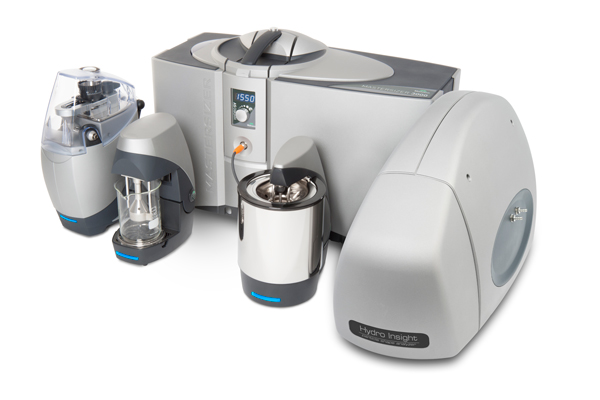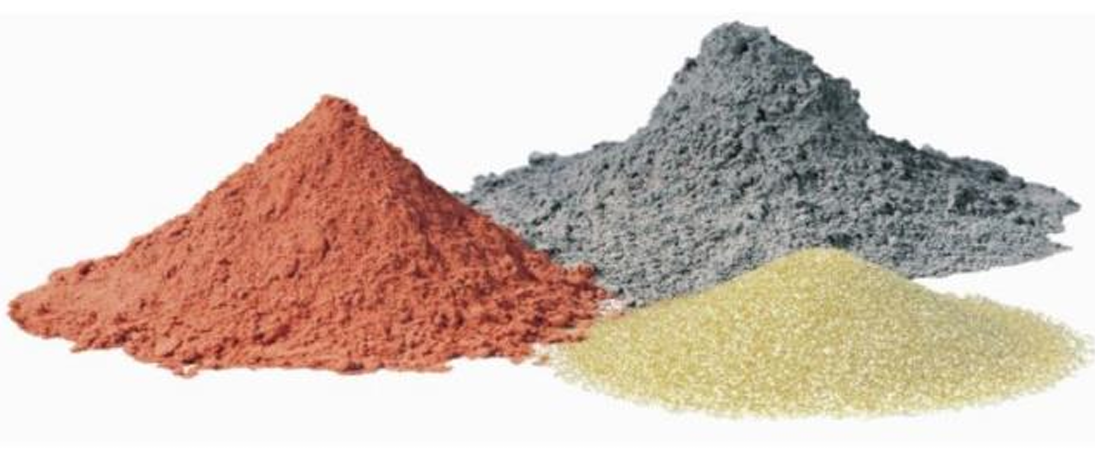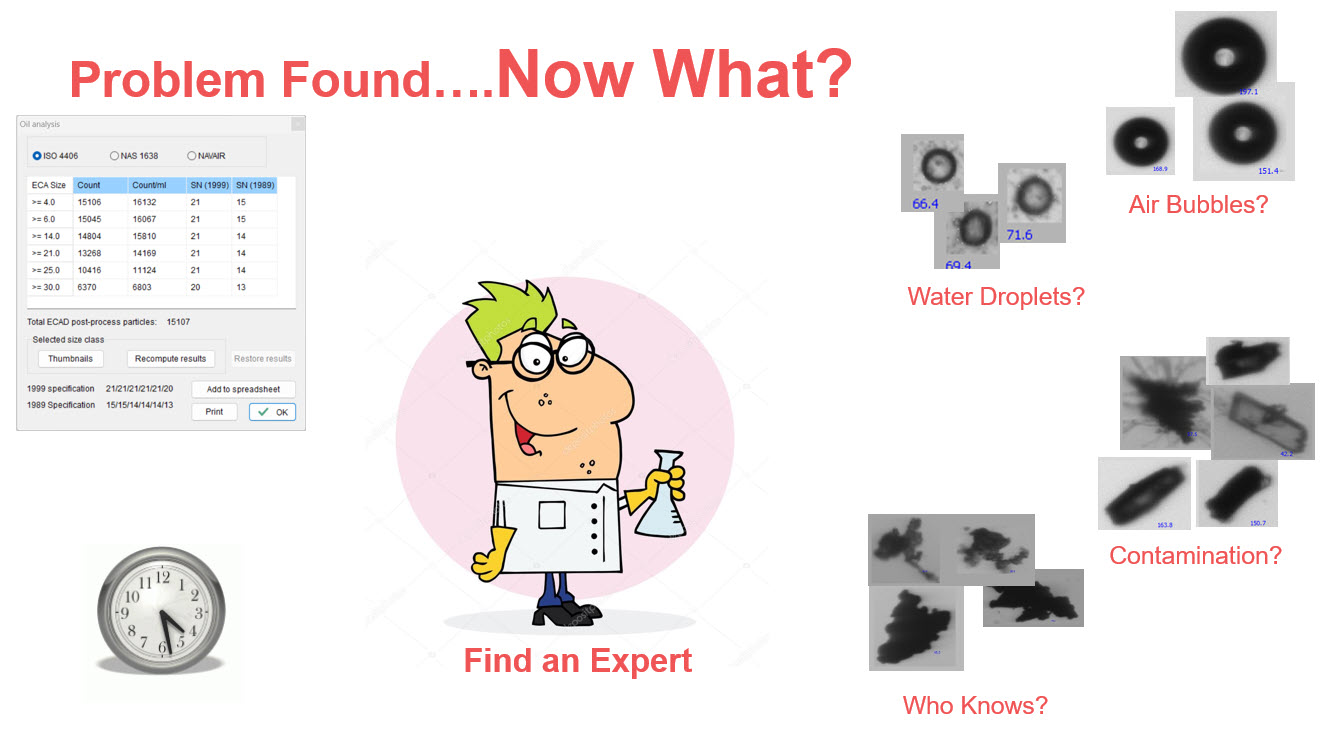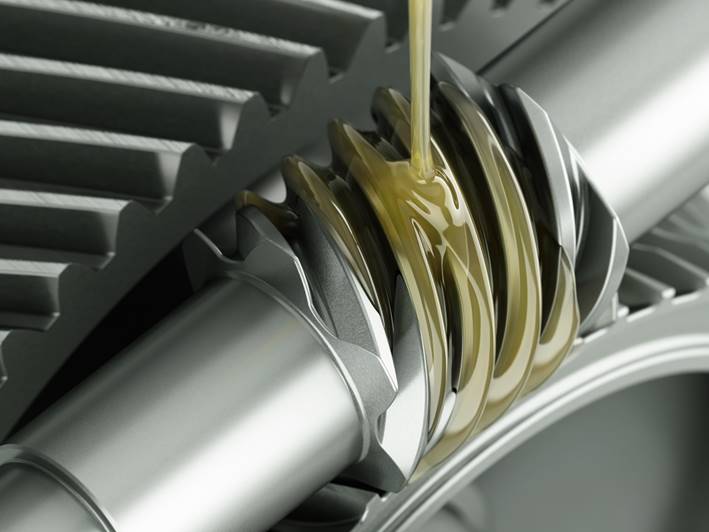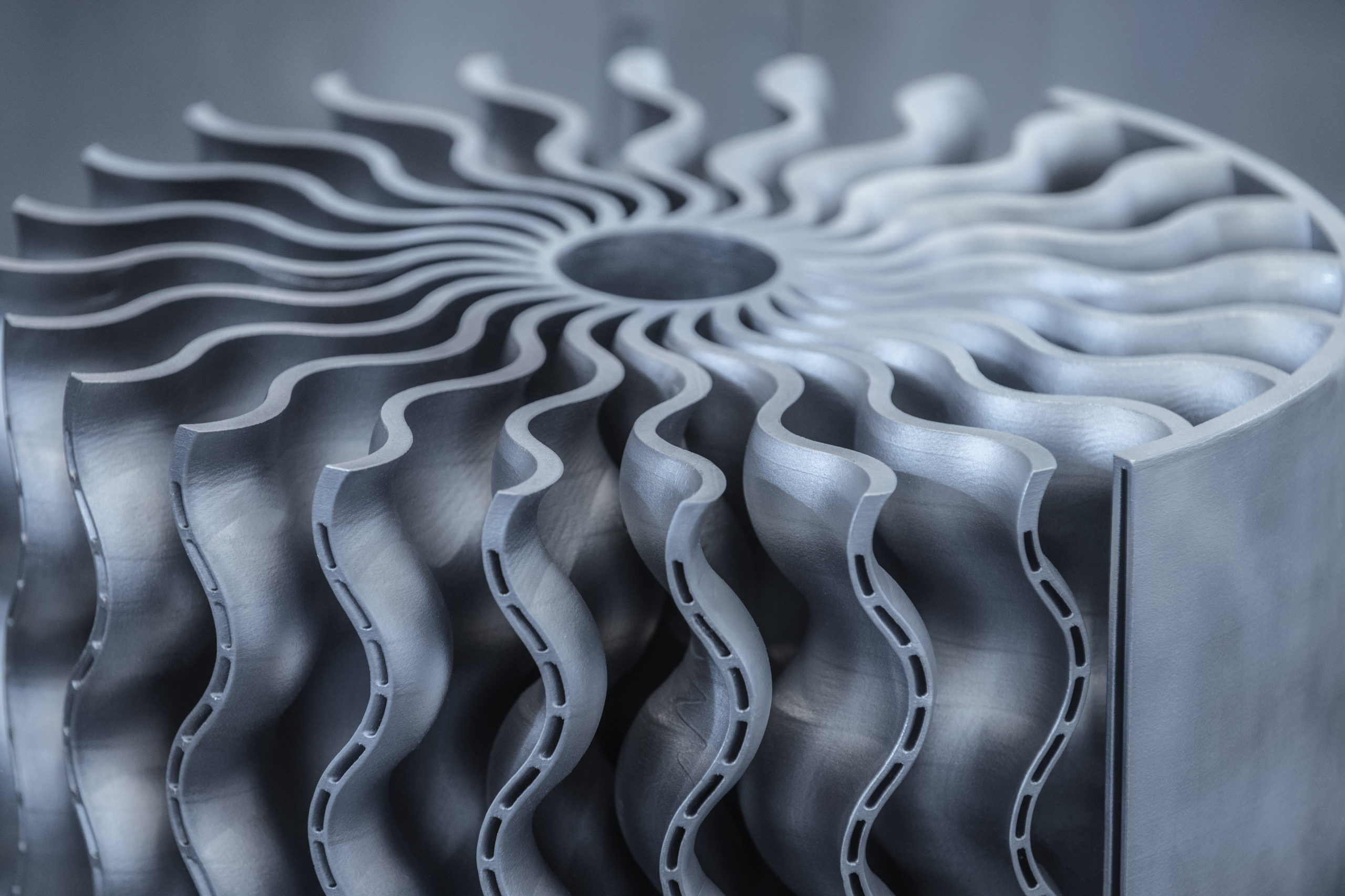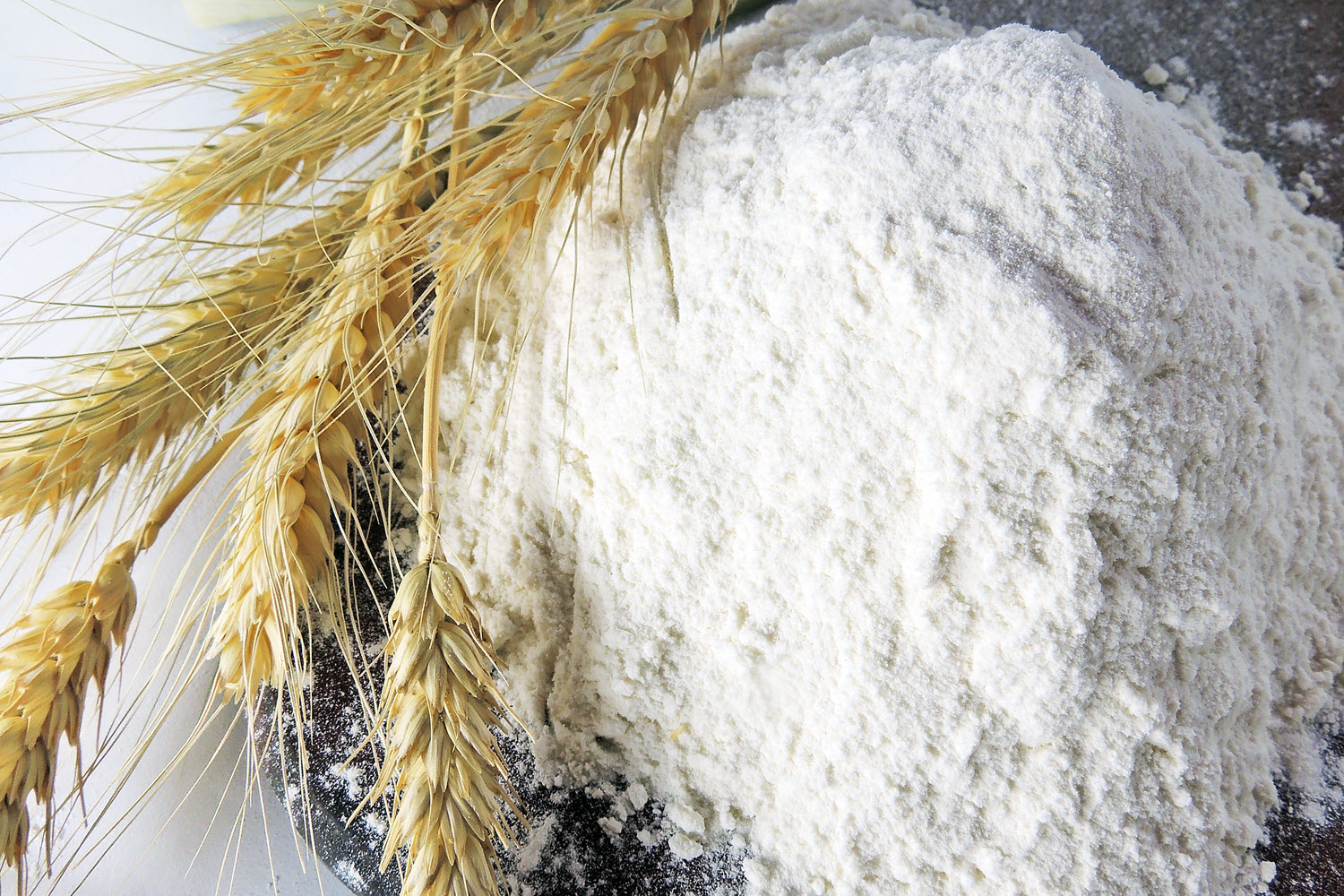Raptor 1788: A Complete Guide to USP <1788> and Modern Subvisible Particle Analysis
The ASTM D7596-14 (ASTM, 2018) was designed as a guide for the determination of particle concentration, particle size distribution, particle shape, and soot content for new and in service oils used for lubrication and hydraulic systems using a direct imaging integrated tester.




